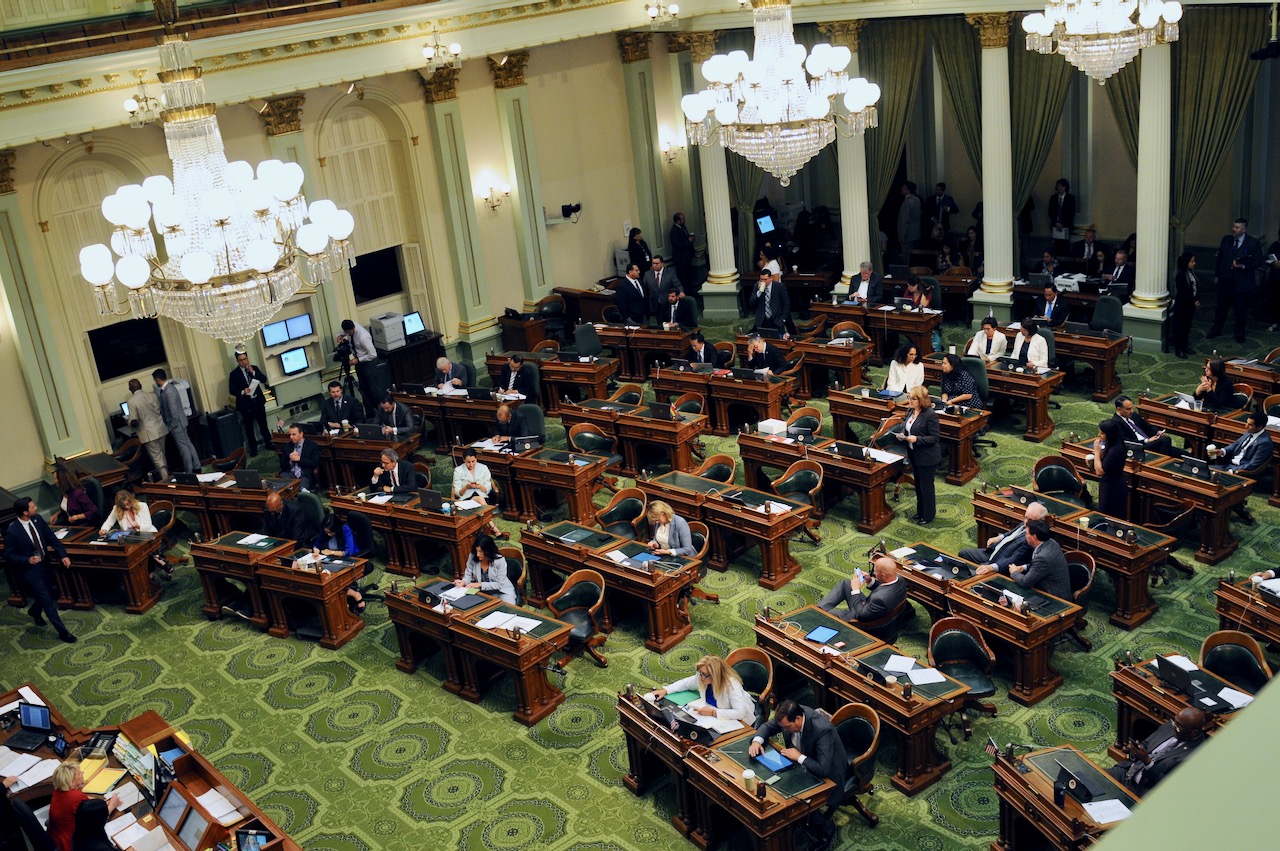
The Legislative Bill Room, California State Capitol. (Photo: ca.gov)
What Are the Main Actions a Bill Takes?
In addition to amending or repealing an existing section of law, a bill can do more
By Chris Micheli, March 4, 2023 9:14 am
We know that a bill in the California Legislature can add a new section of law, amend an existing section of law, repeal an existing section of law, or do a combination of those three things. That is what a bill does at its most basic level.
However, a bill usually takes one or more of the following formal actions:
- Create or establish something
- Impose a duty or obligation
- Confer a power
- Create a right
- Grant a privilege
- Prohibit conduct or an action
- Establish a condition
- Create a qualification
- Impose a limitation
- Specify an exception
When drafting a bill, it is important to keep in mind the main purpose of the bill and the author’s stated intent.
- Jurisdiction in Certain Civil Actions - May 29, 2025
- California Recreational Boating Trails - May 28, 2025
- Default by Lessors - May 27, 2025







